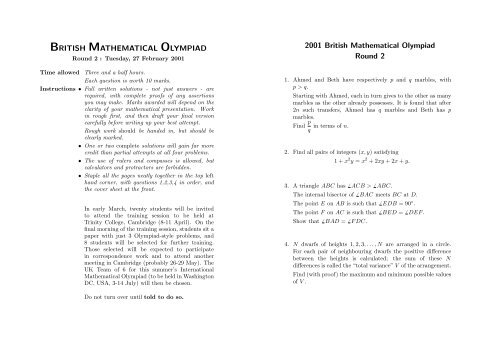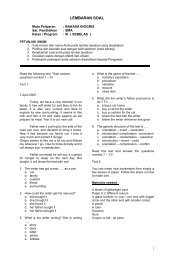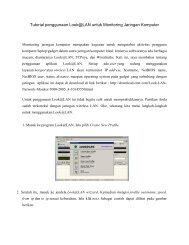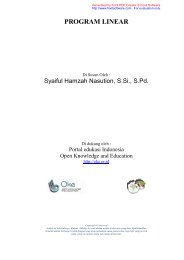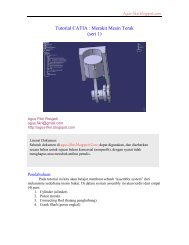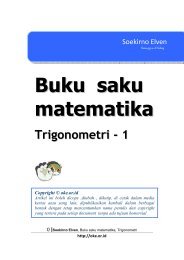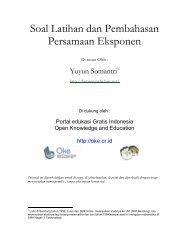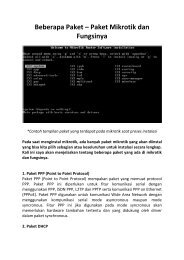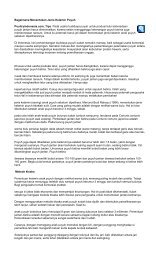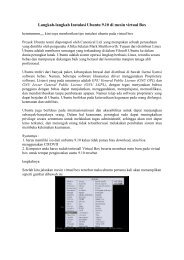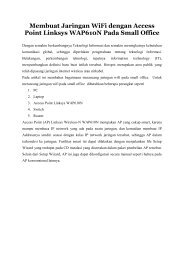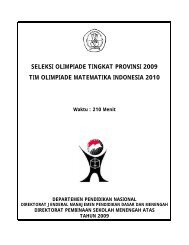british mathematical olympiad british mathematical olympiad
british mathematical olympiad british mathematical olympiad
british mathematical olympiad british mathematical olympiad
Create successful ePaper yourself
Turn your PDF publications into a flip-book with our unique Google optimized e-Paper software.
BRITISH MATHEMATICAL OLYMPIADRound 2 : Tuesday, 27 February 2001Time allowed Three and a half hours.Each question is worth 10 marks.Instructions • Full written solutions - not just answers - arerequired, with complete proofs of any assertionsyou may make. Marks awarded will depend on theclarity of your <strong>mathematical</strong> presentation. Workin rough first, and then draft your final versioncarefully before writing up your best attempt.Rough work should be handed in, but should beclearly marked.• One or two complete solutions will gain far morecredit than partial attempts at all four problems.• The use of rulers and compasses is allowed, butcalculators and protractors are forbidden.• Staple all the pages neatly together in the top lefthand corner, with questions 1,2,3,4 in order, andthe cover sheet at the front.In early March, twenty students will be invitedto attend the training session to be held atTrinity College, Cambridge (8-11 April). On thefinal morning of the training session, students sit apaper with just 3 Olympiad-style problems, and8 students will be selected for further training.Those selected will be expected to participatein correspondence work and to attend anothermeeting in Cambridge (probably 26-29 May). TheUK Team of 6 for this summer’s InternationalMathematical Olympiad (to be held in WashingtonDC, USA, 3-14 July) will then be chosen.2001 British Mathematical OlympiadRound 21. Ahmed and Beth have respectively p and q marbles, withp > q.Starting with Ahmed, each in turn gives to the other as manymarbles as the other already possesses. It is found that after2n such transfers, Ahmed has q marbles and Beth has pmarbles.Find p qin terms of n.2. Find all pairs of integers (x,y) satisfying1 + x 2 y = x 2 + 2xy + 2x + y.3. A triangle ABC has ̸ ACB > ̸ ABC.The internal bisector of ̸ BAC meets BC at D.The point E on AB is such that ̸ EDB = 90 ◦ .The point F on AC is such that ̸ BED = ̸ DEF.Show that ̸ BAD = ̸ FDC.4. N dwarfs of heights 1,2,3,...,N are arranged in a circle.For each pair of neighbouring dwarfs the positive differencebetween the heights is calculated; the sum of these Ndifferences is called the “total variance” V of the arrangement.Find (with proof) the maximum and minimum possible valuesof V .Do not turn over until told to do so.


